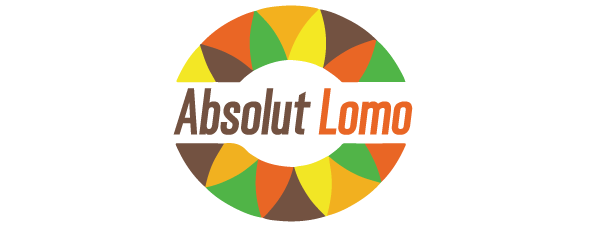In recent years, technology has revolutionized preventive dentistry, enhancing services in ways that were once unimaginable. Central to this transformation are advancements in diagnostic tools, treatment techniques, and patient education, all of which contribute to more effective oral health care. One of the most significant impacts of technology in preventive dentistry is the improvement in diagnostic capabilities. Digital radiography, for instance, has replaced traditional X-rays, offering clearer images with lower radiation exposure. This not only aids in the early detection of dental issues such as cavities and periodontal disease but also allows dentists to monitor changes over time more accurately. Furthermore, intraoral cameras provide high-definition images of teeth and gums, enabling dentists to identify problems that may not be visible to the naked eye during routine examinations. Moreover, technology has facilitated more precise and minimally invasive treatment options. Lasers, for example, are increasingly used in procedures like cavity detection and gum disease treatment. They allow for targeted tissue removal and can sterilize the affected area, reducing the risk of infection.

Additionally, advancements in 3D printing have made it possible to create custom dental appliances, such as mouthguards and retainers, quickly and accurately, ensuring better patient comfort and compliance. Patient education has also been greatly enhanced through technology. Interactive software and virtual reality tools can simulate dental procedures and oral hygiene techniques, making it easier for patients to understand the importance of preventive care. Apps and wearable devices can track brushing and flossing habits, providing real-time feedback and motivating individuals to maintain good oral hygiene practices between dental visits. Furthermore, the integration of electronic health records EHRs has streamlined communication between dental professionals and improved continuity of care. Dentists can now access a patient’s complete dental history instantly, allowing for more personalized treatment plans and proactive management of oral health issues. In addition to these advancements, tele-dentistry has emerged as a valuable tool, especially in underserved areas or during times when in-person visits are challenging.
Through video consultations, dentists can assess symptoms, provide advice on oral care routines, and triage urgent cases, thereby extending their reach and improving accessibility to preventive dental services. However, despite these advancements, challenges remain in ensuring universal access to technologically enhanced preventive dentistry. Affordability and training in the use of new technologies are significant barriers for some dental practices and patients. Moreover, ensuring data security and patient privacy in an increasingly digital landscape is crucial. In conclusion, technology continues to play a pivotal role in enhancing preventive dentistry services, offering improved diagnostic capabilities, minimally invasive treatment options, enhanced patient education, and better communication among dental professionals and click here. While there are challenges to overcome, the ongoing integration of technology promises to further improve oral health outcomes and expand access to quality dental care globally. As technology continues to evolve, so too will its impact on preventive dentistry, shaping a future where oral health is more effectively managed and maintained.
